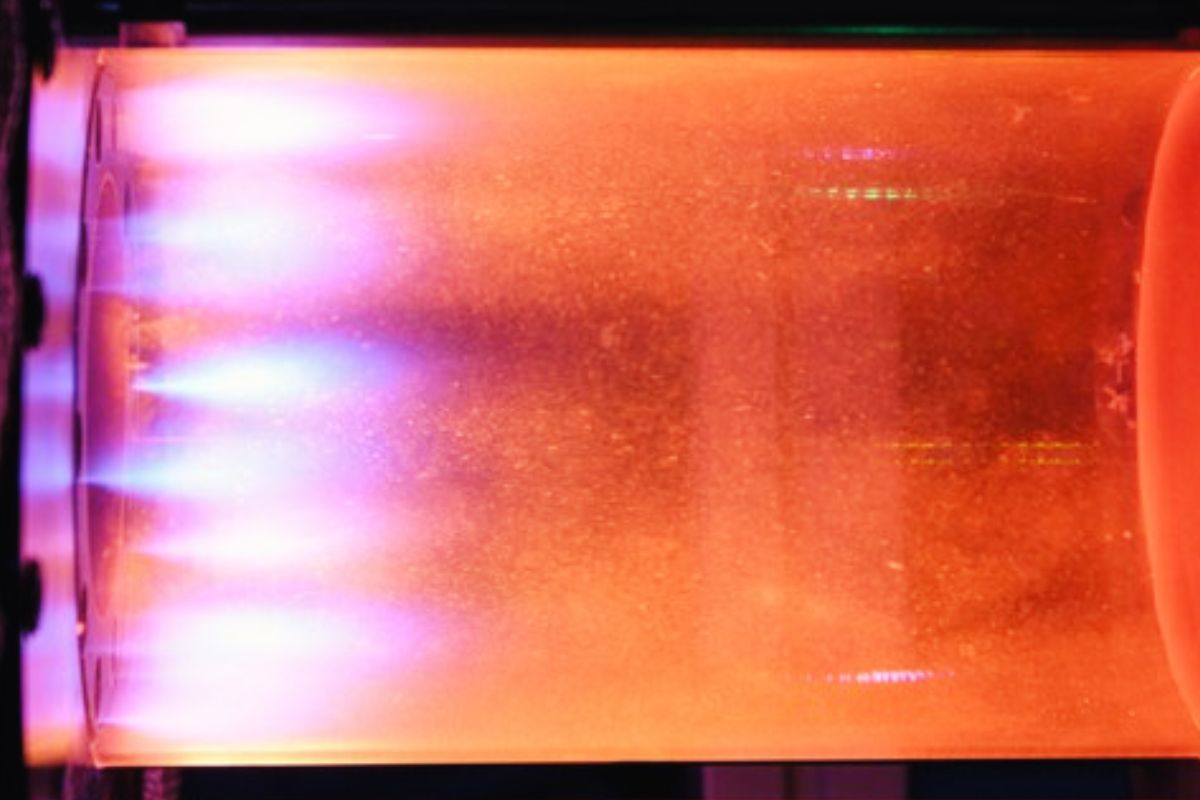Across Europe, a surprisingly simple idea is gathering momentum: retrofit the continent’s existing gas infrastructure to run on hydrogen and build reliable, flexible power at a fraction of the cost. Germany’s engineering ecosystem has turned this into a practical pathway, proving that innovation can thrive by reusing what we already have. The result is a compelling formula for speed, savings, and climate impact.
Hydrogen-ready microturbines, not new megaprojects
In collaboration with the German Aerospace Center and specialist consultants, engineers have designed a retrofit that enables microturbines to burn both hydrogen and natural gas. This dual-fuel capability provides immediate flexibility while paving the way for a greener future as renewable hydrogen scales across Europe. Instead of tearing down and rebuilding, the retrofit injects new life into proven assets.
One-tenth the cost, in a fraction of the time
Building a new 15‑MW plant can cost around €30 million and take roughly six years, a timeline that clashes with Europe’s urgent climate and supply goals. Retrofitting existing sites can be completed in about 18 months at roughly one‑tenth the cost, freeing capital for storage, renewables, and grid modernization. That cost‑time delta is the key to faster, smarter deployment.
- About 10× lower upfront investment per site.
- Implementation in 12–18 months instead of years.
- Reuse of interconnections, foundations, and permits.
- Immediate backup and peak capacity for variable renewables.
How the retrofit works
Hydrogen burns hotter than natural gas, which can stress conventional combustion chambers. Engineers address this with a hydrogen‑optimized burner that stabilizes the flame and cuts nitrogen oxide emissions under dynamic operating conditions. The result is a robust, dispatchable unit that can shift smoothly between fuels as markets and supply evolve.
Fueling Europe’s green hydrogen strategy
As wind, solar, and hydro scale, electrolysis will yield more green hydrogen, unlocking a cleaner molecule for power, industry, and heavy transport. Dual‑fuel microturbines bridge today’s gap by running on gas now and hydrogen as it becomes readily available. This staged approach aligns with EU funding, national strategies, and emerging certification standards.
Real-world uses beyond the grid
Because they are compact and modular, microturbines fit into tight urban or industrial sites where large plants cannot easily be built. They can supply heat and power simultaneously, raising overall efficiency and trimming energy bills. Their flexibility suits backup, peak‑shaving, and islanded microgrid operations.
- Hospitals and district energy with reliable backup.
- Hotels, pools, and campuses using combined heat and power.
- Breweries and wastewater plants utilizing residual methane.
- Industrial parks and logistics hubs needing resilient supply.
From lab to field: proven performance
Pilot units have run for roughly 100 hours on pure hydrogen, validating stable operation from partial loads to full output. Field data confirm low‑NOx combustion and rapid ramping, crucial for balancing wind and solar swings in real‑time. These proofs shorten learning curves and de‑risk broader rollout.
“Retrofitting hydrogen‑ready turbines turns stranded gas assets into flexible, low‑carbon workhorses—fast, affordable, and built for the energy system we actually need.”
Policy, permitting, and the grid edge
Scaling retrofits will benefit from updated rules on hydrogen quality, safety, and grid interconnection. Streamlined permits, standardized components, and clear NOx limits can accelerate bankable projects across the region. As more assets flip to hydrogen, Europe strengthens energy security while cutting emissions.
The bigger picture
Repowering legacy gas infrastructure delivers an elegant trade‑off: rapid decarbonization without waiting for entirely new builds. It buys time for renewable growth, electrolyzer deployment, and storage scale‑up while protecting system reliability through flexible, firm capacity. In a decade defined by urgency, this is the kind of practical engineering that moves the needle—quickly and at lower cost.
https://www.youtube.com/watch?v=xZ4cJ07cF2M" title="Hydrogen Retrofit Microturbines

